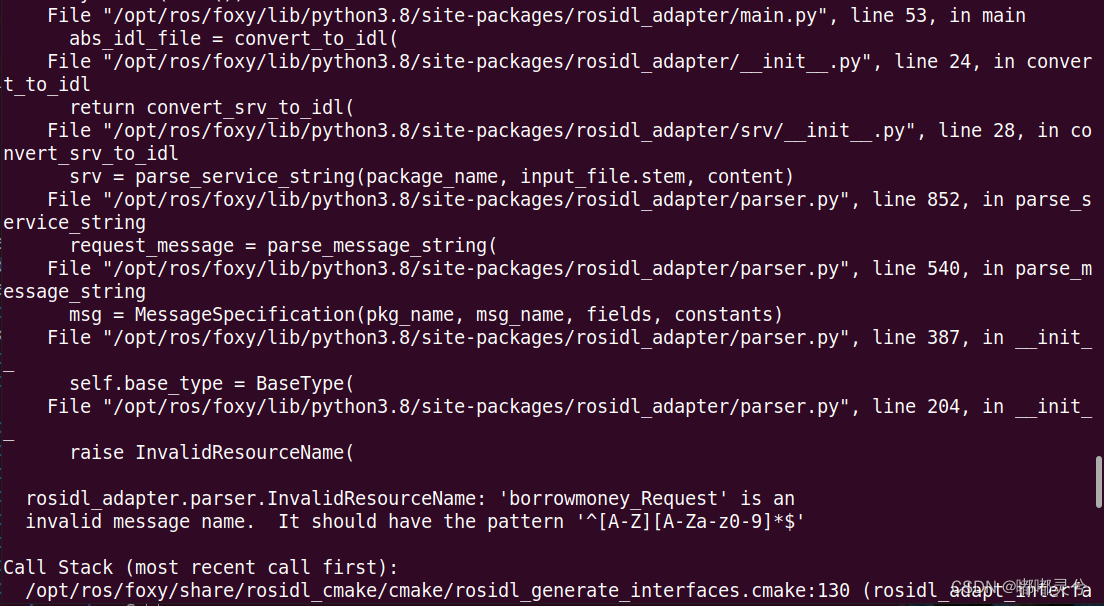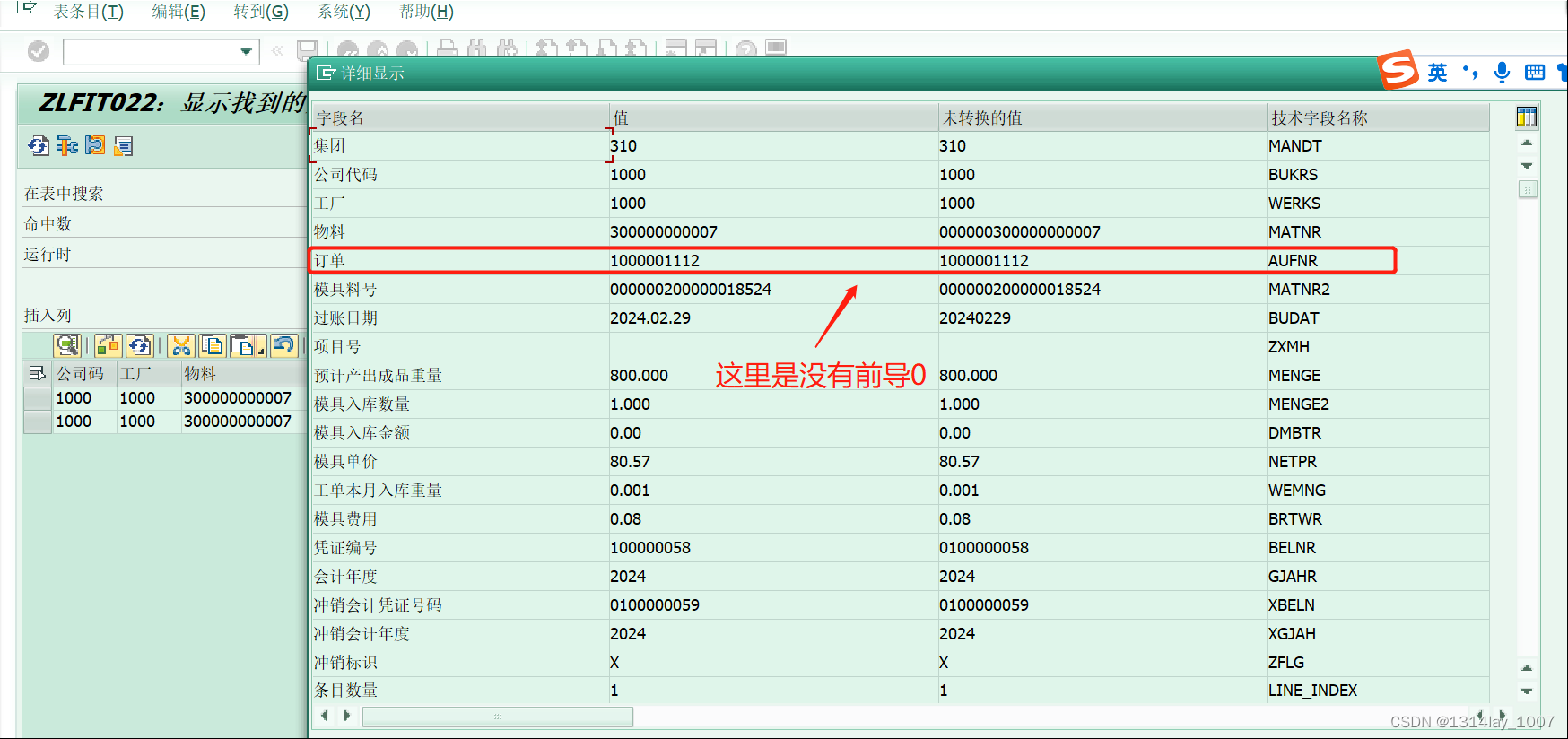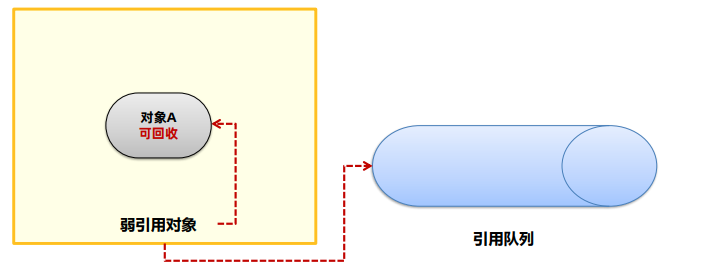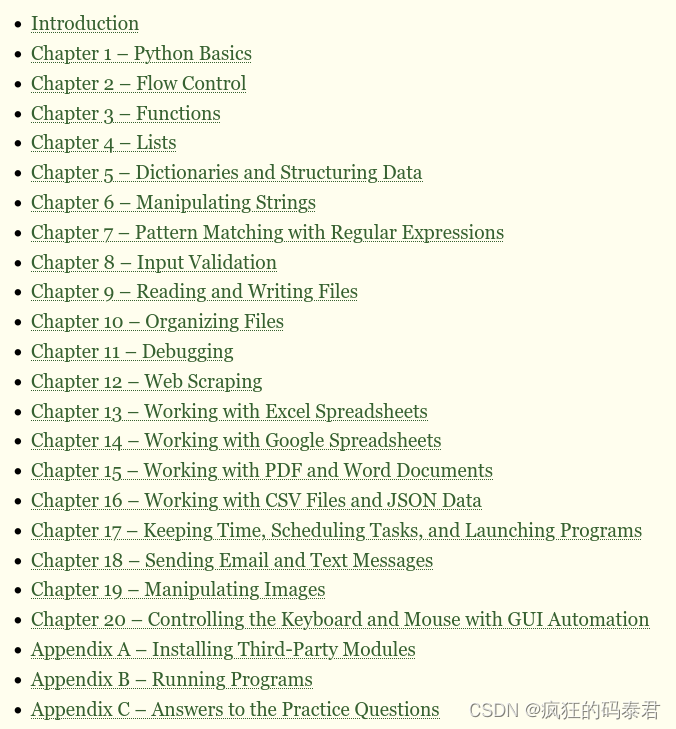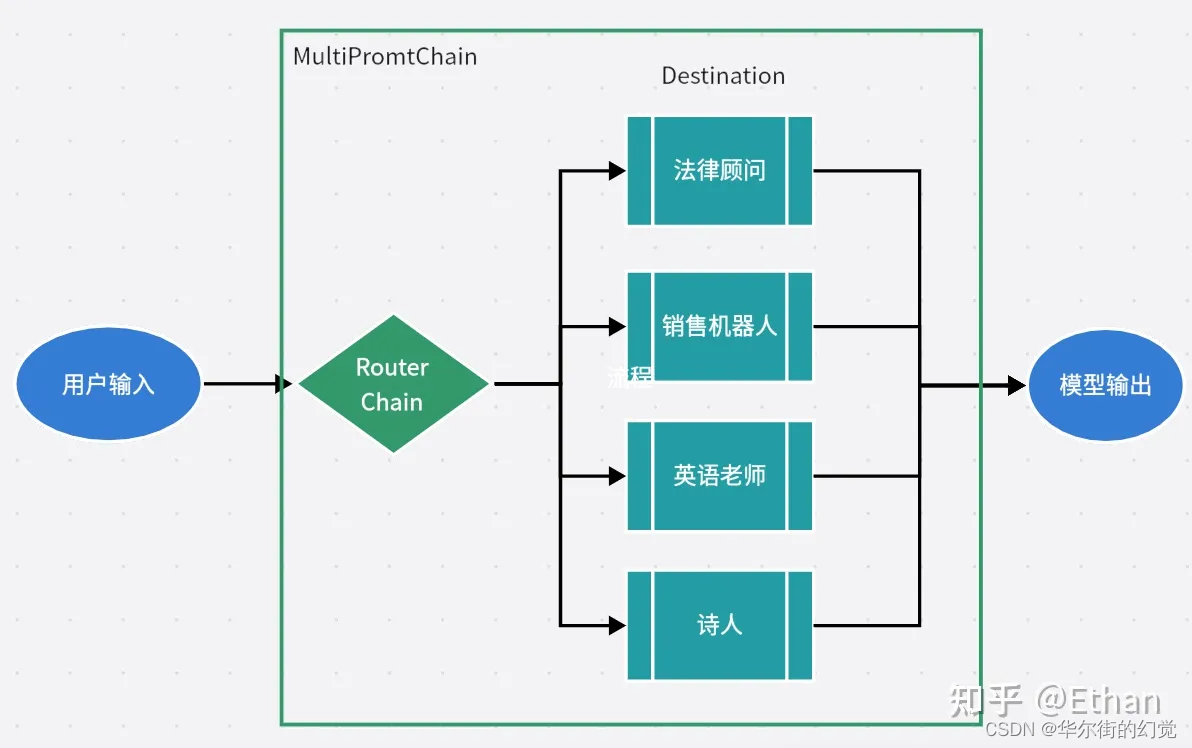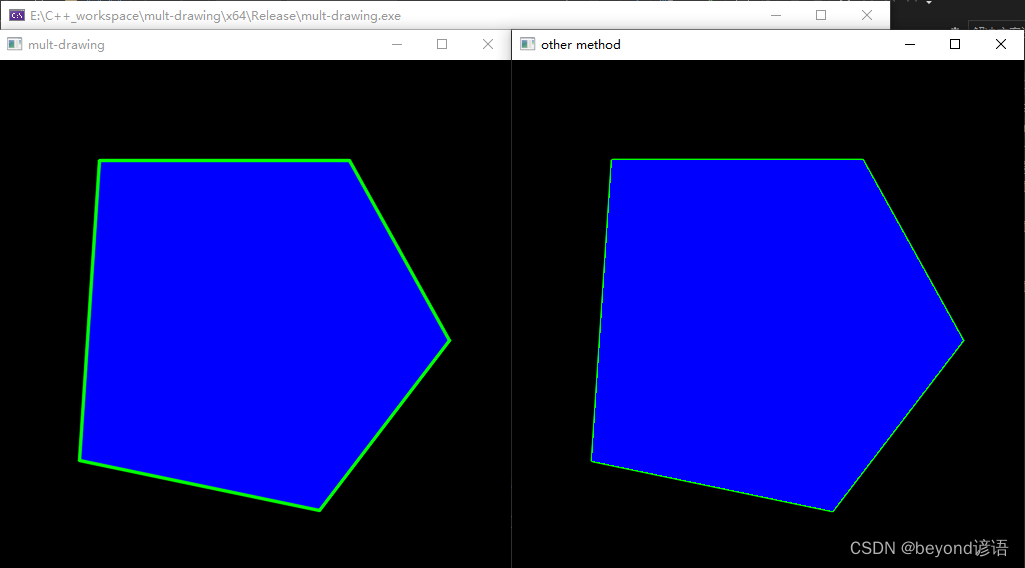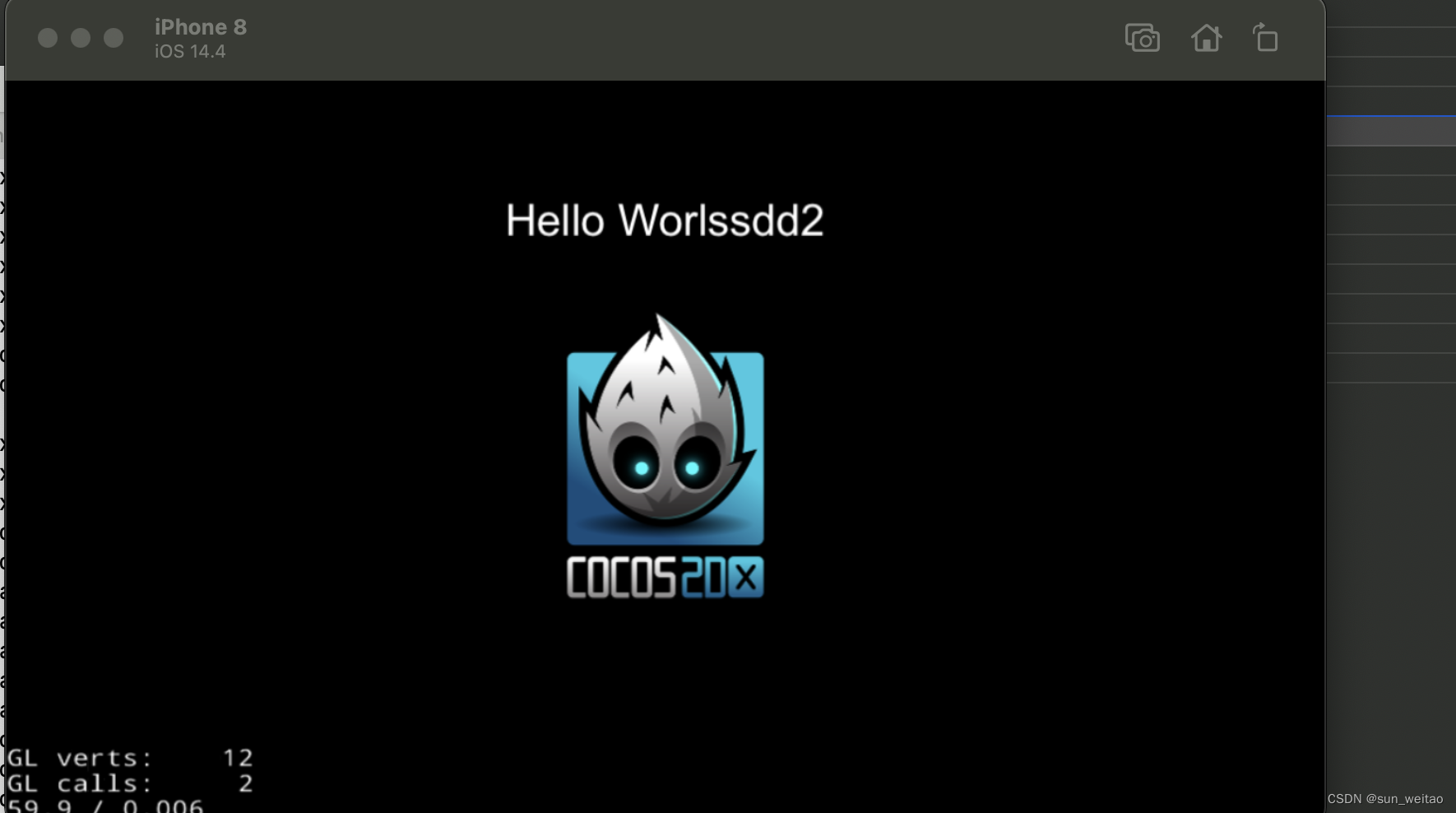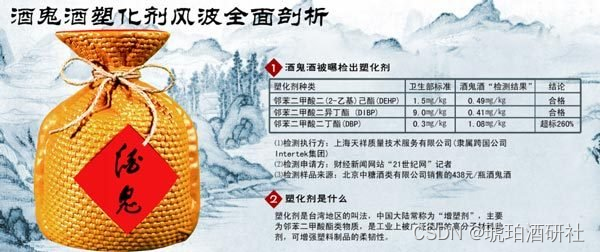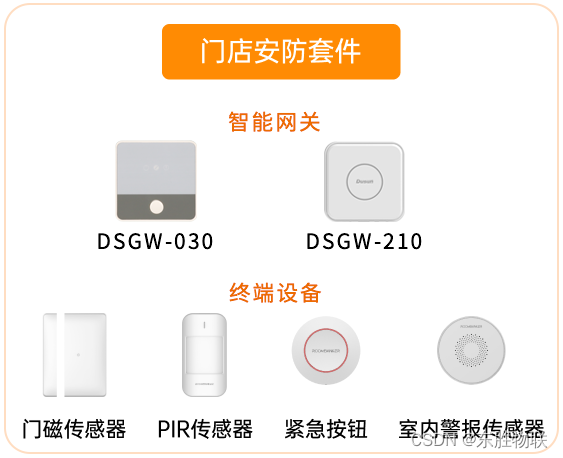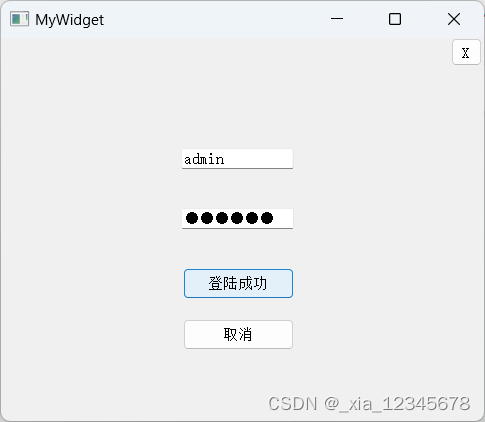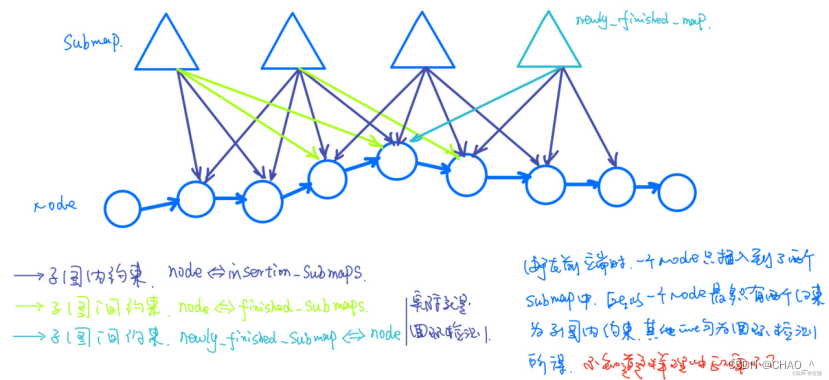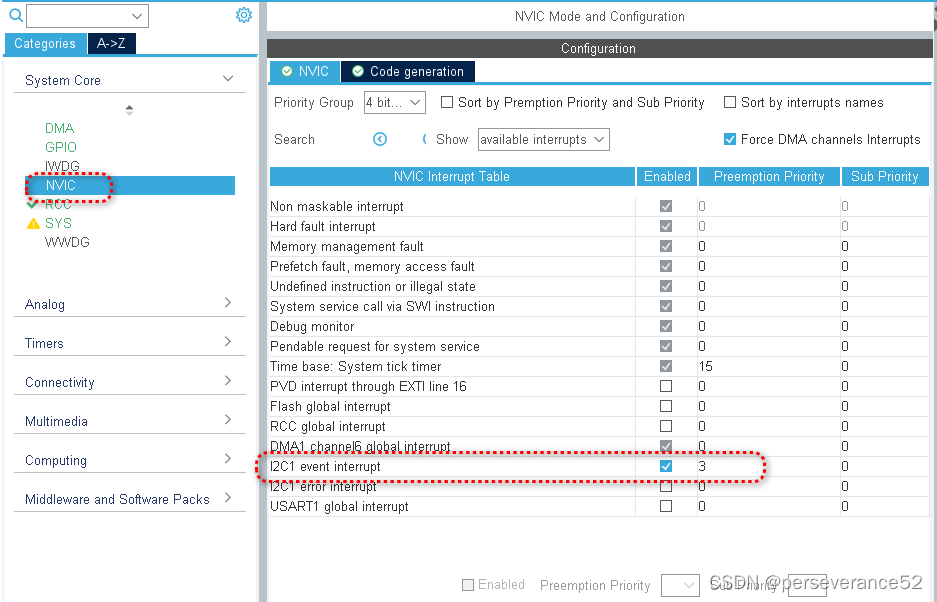Spring 中,属性类型转换是在将数值绑定到目标对象时完成的。例如在创建ApplicationContext 容器时,将XML配置的bean 转换成Java类型对象,主要是借助了PropertyEditor类,而在Spring MVC 的Controller的请求参数转化为特定类型时,我们也可以自定义转化器Convert并注册来完成转换。以下是Spring相关源码分析。
1 PropertyEditor
JDK自带的接口。支持各种不同的方式来显示和更新特性值。
xml 配置Bean 或者@Value 赋值到Bean的时候,属性字段值很多是文本类型的字符串,但是属性的类型却可能是Integer,File等类型,PropertyEditor 就是用来把文本型的值转换为对应类型值的工具。 其关键方法是void setAsTest(String text)。
PropertyEditorSupport 是JDK提供的默认自定义,各种自定义的PropertyEditor大多是继承该类来实现。重写setAsText方法。
1.1 PropertyEditorRegistry
PropertyEditor 注册表,提供了用于注册并管理PropertyEditor的接口。
PropertyEditorRegistrySupport 是其默认实现,创建并注册了一些默认的PropertyEditor,并增加了对类型转换Convertion的支持。

图 PropertyEditorRegistrySupport UML
defaultEditors 及 customEditors 分别用来存储注册的默认及自定义editors。而overriddenDefaultEditors 是用来存储覆盖默认的editors。对应方法为overrideDefaultEditor。
public void overrideDefaultEditor(Class<?> requiredType, PropertyEditor propertyEditor) {
if (this.overriddenDefaultEditors == null) {
this.overriddenDefaultEditors = new HashMap<>();
}
this.overriddenDefaultEditors.put(requiredType, propertyEditor);
}注册器的类型编辑器覆盖顺序为: 自定义editors -> ConversionService -> 覆盖默认editors -> 默认editors。 defaultEditors 最先被覆盖。boolean类型遍历configValueEditorsActive 用来控制在创建默认editors时,是否需要创建用于配置的editor(这类editor通常不适合用于数据绑定)。

图 createDefaultEditors 方法的部分截图
customEditorsForPath 是用来存储为特定属性路径注册的editor。
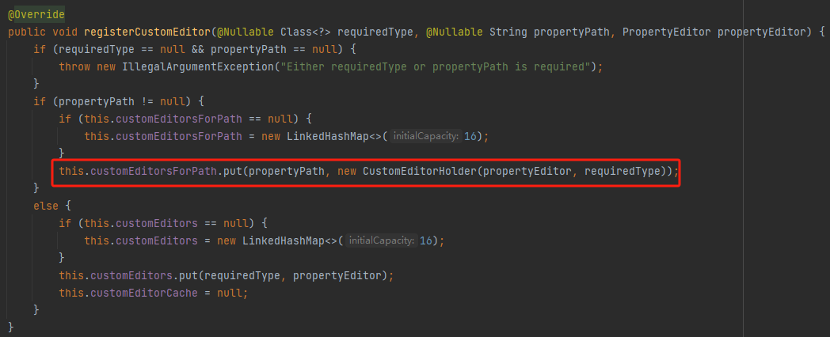
图 registerCustomEditor 方法
1.2 PropertyEditorRegistrar
PropertyEditor 注册器,用于把editors 注册到给定的registry中。
ResourceEditorRegistrar 是其默认实现。通常在Spring容器初始化时被调用。

图 ResourceEditorRegistrar UML
1.3 CustomEditorConfigurer
用于注册自定义Editor。可以在XML 或者使用注册来创建这个bean,并设置自定义editor属性。
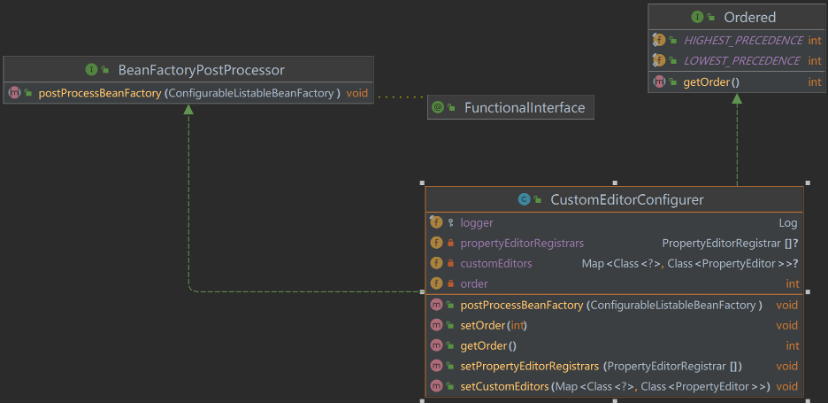
图 CustomEditorConfigurer UML
<bean id="customEditorConfigurer" class="org.springframework.beans.factory.config.CustomEditorConfigurer">
<!-- 设置 customEditors 属性 -->
<property name="customEditors">
<map>
<!-- 注册自定义的日期编辑器 -->
<entry key="java.util.Date">
<bean class="org.springframework.beans.propertyeditors.CustomDateEditor">
<!-- 设置日期格式 -->
<constructor-arg value="yyyy-MM-dd"/>
<!-- 设置是否允许空值 -->
<constructor-arg value="false"/>
</bean>
</entry>
<!-- 可以添加更多的自定义编辑器 -->
</map>
</property>
</bean> 2 Conversion
可以替代PropertyEditor,主要用于在绑定数值时,将源类型转换为目标类型。
Spring 定义的Converter<S,T>接口,只定义了一个方法:
T convert(S source); // 将源类型转换为目标类型。ConverterFactory<S,R> 接口,定义了一个工厂方法用于创建Converter实例:
<T extends R> Converter<S, T> getConverter(Class<T> targetType);2.1 GenericConverter
支持在多个不同的源类型和目标类型之间进行转换。使用场景有:将不同类型的数值转换为集合,或者根据字段上的注解或泛型信息来驱动类型转换。

图 GenericConverter接口 UML
ConveriblePair 保存源类型及目标类型。
getConvertibleTypes 返回可以被转换的类型对(源类型与目标类型)。
ConditionalConverter 用于判断源类型是否可以转换的接口。
public interface ConditionalConverter {
boolean matches(TypeDescriptor sourceType, TypeDescriptor targetType);
}以下是Spring内部实现了GenericConverter及ConditionalConverter 的接口的ArrayToCollectionConverter(内部类,不对外部使用)源代码:
final class ArrayToCollectionConverter implements ConditionalGenericConverter {
private final ConversionService conversionService;
public ArrayToCollectionConverter(ConversionService conversionService) {
this.conversionService = conversionService;
}
@Override
public Set<ConvertiblePair> getConvertibleTypes() {
return Collections.singleton(new ConvertiblePair(Object[].class, Collection.class));
}
@Override
public boolean matches(TypeDescriptor sourceType, TypeDescriptor targetType) {
return ConversionUtils.canConvertElements(
sourceType.getElementTypeDescriptor(), targetType.getElementTypeDescriptor(), this.conversionService);
}
@Override
@Nullable
public Object convert(@Nullable Object source, TypeDescriptor sourceType, TypeDescriptor targetType) {
if (source == null) {
return null;
}
int length = Array.getLength(source);
TypeDescriptor elementDesc = targetType.getElementTypeDescriptor();
Collection<Object> target = CollectionFactory.createCollection(targetType.getType(),
(elementDesc != null ? elementDesc.getType() : null), length);
if (elementDesc == null) {
for (int i = 0; i < length; i++) {
Object sourceElement = Array.get(source, i);
target.add(sourceElement);
}
}
else {
for (int i = 0; i < length; i++) {
Object sourceElement = Array.get(source, i);
Object targetElement = this.conversionService.convert(sourceElement,
sourceType.elementTypeDescriptor(sourceElement), elementDesc);
target.add(targetElement);
}
}
return target;
}
}2.2 ConversionService 与 ConverterRegistry
ConversionService定义了在运行期间执行转换的统一接口。
ConversionRegistry Converter注册器,定义了用于添加/删除转换器的方法。
GenericConversionService 同时实现了这两个接口。而DefaultConversionService 继承了这个类,并增加了两个静态方法:
getSharedInstance(): 创建一个共享的DefaultConversionServices单例。
addDefaultConverters(ConverterRegistry converterRegistry):创建并注册一些默认的转换器。
2.3 ConversionServiceFactoryBean
用于添加自定义转换器的Bean。
<bean id="conversionService" class="org.springframework.context.support.ConversionServiceFactoryBean">
<!-- 在这里配置你的类型转换器 -->
<property name="converters">
<list>
<bean class="com.example.MyCustomConverter"/>
<!-- 其他转换器 -->
</list>
</property>
</bean>其源代码如下:
public class ConversionServiceFactoryBean implements FactoryBean<ConversionService>, InitializingBean {
@Nullable
private Set<?> converters;
@Nullable
private GenericConversionService conversionService;
/**
* Configure the set of custom converter objects that should be added:
* implementing {@link org.springframework.core.convert.converter.Converter},
* {@link org.springframework.core.convert.converter.ConverterFactory},
* or {@link org.springframework.core.convert.converter.GenericConverter}.
*/
public void setConverters(Set<?> converters) {
this.converters = converters;
}
@Override
public void afterPropertiesSet() {
this.conversionService = createConversionService();
ConversionServiceFactory.registerConverters(this.converters, this.conversionService);
}
/**
* Create the ConversionService instance returned by this factory bean.
* <p>Creates a simple {@link GenericConversionService} instance by default.
* Subclasses may override to customize the ConversionService instance that
* gets created.
*/
protected GenericConversionService createConversionService() {
return new DefaultConversionService();
}
// implementing FactoryBean
@Override
@Nullable
public ConversionService getObject() {
return this.conversionService;
}
@Override
public Class<? extends ConversionService> getObjectType() {
return GenericConversionService.class;
}
@Override
public boolean isSingleton() {
return true;
}
}
